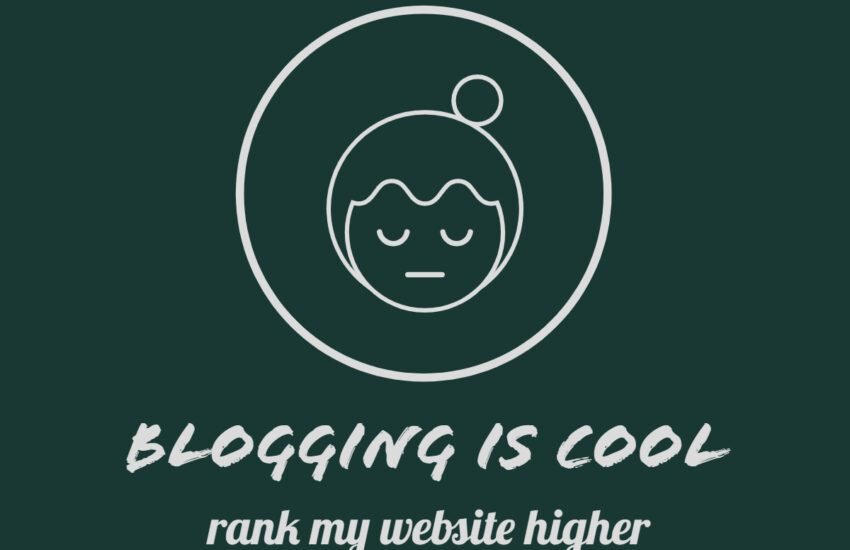How to Determine the Value of a Blog Before You Buy It
Is that Blog valuable?
Several factors come into play when looking at a blog to determine its worth.
Firstly, the blog’s traffic and audience engagement are crucial indicators of its value, as higher traffic and engagement often translate to greater revenue potential through advertising, sponsored content, and affiliate marketing.
Secondly, the blog’s niche and relevance within its industry or community play a significant role in valuation, with blogs in popular or profitable niches generally commanding higher prices.
Thirdly, the quality and consistency of the blog’s content, along with its branding and design, can influence its perceived value and attractiveness to potential buyers.
Additionally, factors such as domain age, backlink profile, social media presence, and revenue streams also contribute to the overall valuation of a blog.
By considering these key factors, sellers can accurately assess the value of their blog and negotiate a fair price, while buyers can make informed decisions about investing in a blog that aligns with their goals and expectations.
One commonly used method is the earnings multiplier, which estimates a website’s value based on its monthly revenue. Typically, websites are valued between 24 and 36 times their monthly earnings.
For instance, if a website generates $10,000 in monthly revenue, it could be sold for a price ranging from $240,000 to $360,000.
Other Factors to Consider
However, it’s important to note that this is just one approach to valuing a website, and there are other methods that can be used as well. When it comes to determining the value of a website, there are several factors to consider. Here are some additional ways to determine the value of a website:
1. Comparable Sales
One method is to look at comparable sales in the industry. This involves researching recent sales of similar websites and using those figures as a benchmark for valuation.
By analyzing the selling prices of comparable websites, you can get a better idea of what your own website might be worth.
Factors to consider when comparing sales include the niche or industry, website traffic, revenue streams, and any unique features or assets the website may possess.
2. Traffic and Engagement
Another important factor in determining a website’s value is its traffic and user engagement.
Websites with a large and active user base tend to be more valuable because they have a higher potential for generating revenue through advertising, sponsored content, or e-commerce sales.
Metrics to consider include the number of unique visitors, page views, time spent on site, bounce rate, and conversion rates. Websites with consistent and growing traffic are generally more attractive to potential buyers.
3. Monetization Strategy
The way a website generates revenue also plays a significant role in its valuation.
Websites that have diversified revenue streams and multiple monetization strategies are often considered more valuable. This could include advertising, affiliate marketing, subscription fees, or selling products or services.
Buyers are typically more interested in websites that have a proven track record of generating revenue and have the potential for future growth and scalability.
4. Branding and Reputation
A website’s brand and reputation can greatly impact its value. A strong brand with a positive reputation is more likely to attract loyal users and advertisers. Websites that have built a recognizable brand and have a strong online presence are generally more valuable.
Factors to consider include domain age, social media presence, backlinks, customer reviews, and overall industry reputation. Websites with a trusted and respected brand are often more appealing to potential buyers.
5. Industry Trends and Potential
Lastly, it’s important to consider industry trends and the potential for future growth.
Websites in industries that are experiencing rapid growth or have high demand are generally more valuable. Buyers are often willing to pay a premium for websites that have the potential to scale and generate significant revenue in the future.
Conclusion
Valuing a blog involves a multifaceted assessment that takes into account various aspects of its performance, potential, and relevance within its niche.
Whether buying or selling a blog, it’s essential for both parties to conduct thorough research and due diligence to ensure a fair and accurate valuation.
For sellers, accurately assessing the worth of their blog can help them negotiate a favorable sale price and maximize their return on investment.
Meanwhile, buyers can make informed decisions about investing in a blog that aligns with their goals and objectives, whether it be expanding their online presence, monetizing through advertising and affiliate marketing, or leveraging the blog’s audience for other business ventures.
Ultimately, the value of a blog extends beyond mere numbers and metrics—it encompasses the quality of its content, the strength of its community, and its potential for growth and sustainability in the ever-evolving landscape of digital media.
By considering these factors and engaging in transparent and collaborative negotiations, both buyers and sellers can achieve mutually beneficial outcomes in the blog valuation process.
While the earnings multiplier is a commonly used method for valuing websites, it’s important to consider other factors as well. Comparable sales, traffic and engagement, monetization strategy, branding and reputation, and industry trends all play a role in determining a website’s value.
Researching industry trends, market projections, and potential opportunities for expansion can help you determine the value of your website.
By carefully analyzing these factors, you can get a better understanding of what your website might be worth in the market.


